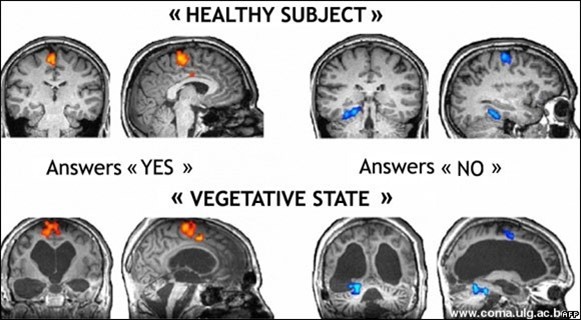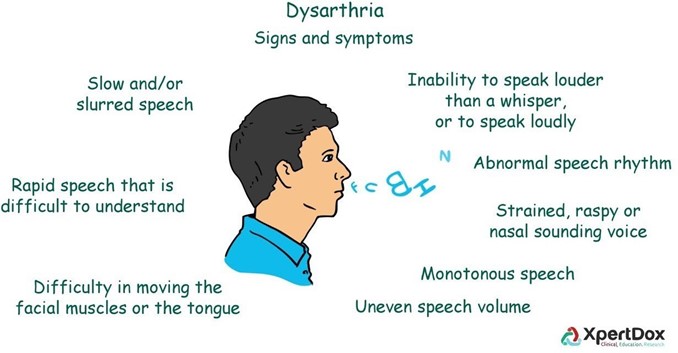Which of the following describes Akinetic mutism?
Unresponsiveness to the environment, makes no movement or sound but sometimes opens eyes
Devoid of cognitive function but has sleep-wake cycles
Unconsciousness, unarousable unresponsiveness
Inability to move or respond except for eye movements due to a lesion affecting the pons
The Correct Answer is A
Choice A: Unresponsiveness to the environment, makes no movement or sound but sometimes opens eyes is a description of akinetic mutism, as it is a state of severe apathy and reduced motor activity caused by damage to the frontal lobes or basal ganglia.
Choice B: Devoid of cognitive function but has sleep-wake cycles is not a description of akinetic mutism, but rather a description of persistent vegetative state, as it is a state of minimal awareness and responsiveness caused by widespread brain damage.
Choice C: Unconsciousness, unarousable unresponsiveness is not a description of akinetic mutism, but rather a description of coma, as it is a state of complete loss of consciousness and reflexes caused by severe brain injury.
Choice D: Inability to move or respond except for eye movements due to a lesion affecting the pons is not a description of akinetic mutism, but rather a description of locked-in syndrome, as it is a state of complete paralysis and preserved consciousness caused by damage to the brainstem.
Nursing Test Bank
Naxlex Comprehensive Predictor Exams
Related Questions
Correct Answer is B
Explanation
Choice A: Unconsciousness, unarousable unresponsiveness is not a description of persistent vegetative state, but rather a description of coma, as it is a state of complete loss of consciousness and reflexes caused by severe brain injury.
Choice B: Devoid of cognitive function but has sleep-wake cycles is a description of persistent vegetative state, as it is a state of minimal awareness and responsiveness caused by widespread brain damage.
Choice C: Inability to move or respond except for eye movements due to a lesion affecting the pons is not a description of persistent vegetative state, but rather a description of locked-in syndrome, as it is a state of complete paralysis and preserved consciousness caused by damage to the brainstem.
Choice D: Unresponsiveness to the environment, makes no movement or sound but sometimes opens eyes is not a description of persistent vegetative state, but rather a description of akinetic mutism, as it is a state of severe apathy and reduced motor activity caused by damage to the frontal lobes or basal ganglia.

Correct Answer is C
Explanation
Choice A: Paralysis of the joints is not a description of dysarthria, but rather a possible complication of stroke or other neurological disorders.
Choice B: Blindness over half the field of vision is not a description of dysarthria, but rather a sign/symptom of hemianopia or visual field loss.
Choice C: Difficult or unclear articulation of speech is a description of dysarthria, as it is a motor speech disorder caused by weakness or paralysis of the muscles involved in speech production.
Choice D: Paralysis of one side of the body is not a description of dysarthria, but rather a sign/symptom of hemiplegia or unilateral weakness.

Whether you are a student looking to ace your exams or a practicing nurse seeking to enhance your expertise , our nursing education contents will empower you with the confidence and competence to make a difference in the lives of patients and become a respected leader in the healthcare field.
Visit Naxlex, invest in your future and unlock endless possibilities with our unparalleled nursing education contents today
Report Wrong Answer on the Current Question
Do you disagree with the answer? If yes, what is your expected answer? Explain.
Kindly be descriptive with the issue you are facing.
